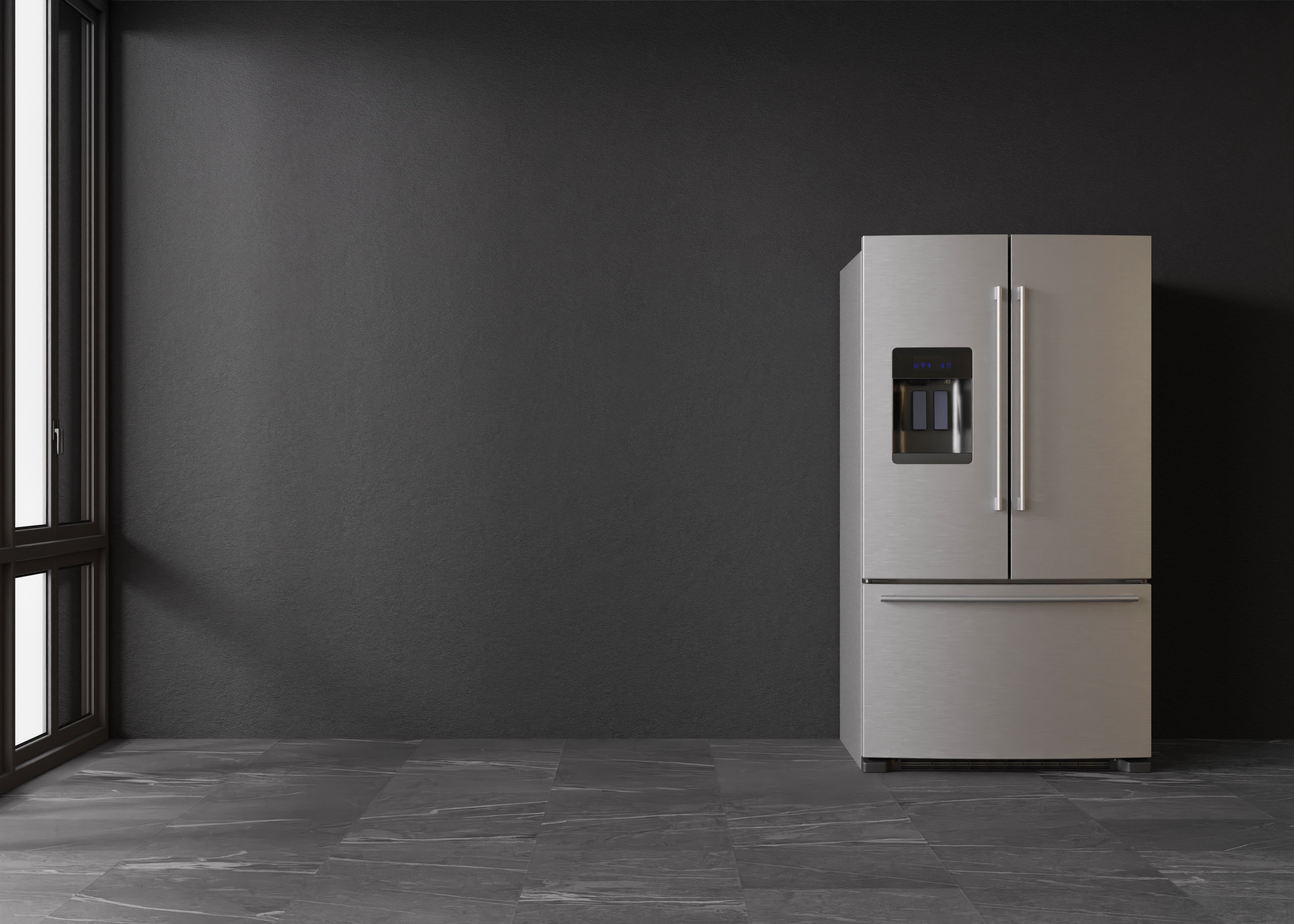Are Fridges And Freezers As Important As Everyone Says?
Understanding Fridges and Freezers: The Essential Kitchen Appliances
Fridges and freezers are two of the most important appliances in contemporary kitchen areas. These devices serve a vital role in food conservation and waste reduction by ensuring that perishable items remain fresh and safe for consumption. This short article explores the numerous types of fridges and freezers, their functionalities, and essential factors to consider for choice and upkeep.
Kinds of Refrigerators
The market provides a range of refrigerator types, each designed to meet various customer needs. Below is a list of the most common types of fridges:
Top-Freezer Refrigerators
- Most common type.
- Freezer compartment lies above the refrigerator section.
- Usually more budget friendly and energy-efficient.
Bottom-Freezer Refrigerators
- Freezer is located at the bottom.
- Allows much easier access to fresh products at eye level.
- Often includes pull-out drawers for better organization.
Side-by-Side Refrigerators
- Refrigerator and freezer sections are adjacent.
- Perfect for narrow kitchen areas and allows easy access to both compartments.
- Typically features water and ice dispensers.
French Door Refrigerators
- Combines a bottom freezer with double doors at the top.
- Deals ample storage and elegant designs.
- Frequently consists of functions like temperature-controlled drawers.
Compact Refrigerators
- Smaller size perfect for restricted areas.
- Commonly utilized in dormitory, studio apartments, or as secondary fridges.
Table 1: Comparison of Refrigerator Types
Type
Benefits
Disadvantages
Typical Size
Top-Freezer
Inexpensive, energy-efficient
Less practical access to the freezer
14-30 cu. ft.
Bottom-Freezer
Simpler access to fresh food
Freezer can be harder to organize
19-30 cu. ft.
Side-by-Side
Easy gain access to, water/ice dispenser
Narrow vs. storage space
22-30 cu. ft.
French Door
Trendy, large, organized
More pricey
20-30+ cu. ft.
Compact
Space-saving, portable
Minimal storage
1.7-5.5 cu. ft.
Types of Freezers
Freezers are a similarly essential appliance for food preservation. They come in various designs developed to fit different home requirements. Think about the list below types:
Upright Freezers
- Operate like a standard refrigerator with vertical storage.
- Simpler to organize with shelves and compartments.
Chest Freezers
- Large, horizontal style generally using more storage area.
- Maintains temperatures better during power blackouts.
- More energy-efficient than upright designs.
Portable Freezers
- Compact systems perfect for outside activities or small spaces.
- Often utilized for camping trips or as short-lived storage.
Table 2: Comparison of Freezer Types
Type
Advantages
Disadvantages
Common Size
Upright Freezer
Much easier to arrange
Less energy-efficient, more flooring area
5-20 cu. ft.
Chest Freezer
Holds more items, energy-efficient
Harder to arrange
5-25 cu. ft.
Portable Freezer
Compact and versatile
Minimal storage capacity
1-10 cu. ft.
Key Features to Consider
When selecting a fridge or freezer, customers need to keep in mind a number of features that can boost functionality:
- Energy Efficiency: Look for designs with the ENERGY STAR accreditation to minimize electrical power expenses.
- Storage Capacity: Evaluate storage needs based on family size and consuming routines.
- Temperature Control: Some appliances offer digital controls for accurate temperature settings.
- Adjustable Shelving: Customizable shelving enables ideal organization.
- Water and Ice Dispenser: Offers convenience but can use up important area inside.
- Noise Level: Sound ratings can influence convenience, particularly in open-concept homes.
Benefits and drawbacks of Having a Fridge and Freezer
While fridges and freezers are indispensable technologies, they likewise have specific advantages and disadvantages:
Pros
Cons
Preserve food life expectancy and lower waste
Require regular upkeep
Allow bulk purchasing and meal prepping
Can be expensive to acquire and run
Offer convenience and fast access to food
Inhabit significant kitchen area area
Upkeep Tips
To guarantee longevity and optimum performance of fridges and freezers, think about the following maintenance suggestions:
- Regular Cleaning: Clean the exterior and interior occasionally to avoid buildup of dirt and germs.
- Inspect Seals: Inspect door seals routinely for leaks to maintain effectiveness.
- Temperature Settings: Keep the fridge at 34-38 ° F and the freezer at 0 ° F for optimal food conservation.
- Thaw as Needed: Chest freezers should be thawed regularly to preserve efficiency.
- Clear Air Vents: Ensure that air flow isn't blocked to improve energy efficiency.
Frequently asked questions About Fridges and Freezers
Q1: How long can food be stored in a freezer?A: Most foods can be kept in a freezer for a number of months. Meats and poultry often last 4-12 months, while veggies can last up to 8-12 months.
Q2: How often need to I clean my fridge and freezer?A: It is advisable to clean your fridge and freezer every 3 to 6 months, or as needed when spills happen. Q3: Can I put hot food straight in the fridge?A: It is advised to cool hot food to room temperature before placing it in the fridge to prevent
raising the temperature level inside the appliance. Q4: Why is my fridge running constantly?A: This could be due to a malfunctioning thermostat, blocked coils, or door seals that aren't working properly. Fridges and freezers are important
properties to modern households, supplying vital services for food storage and conservation.
Understanding the numerous types, features, and maintenance requirements can assist consumers pick the ideal devices for their needs and optimize their performance. Accepting Where To Buy A Fridge -efficient designs not only supports sustainable practices but likewise contributes to significant cost savings on energy bills, making informed options more essential than ever. 